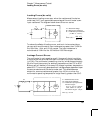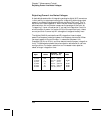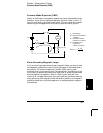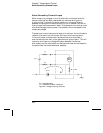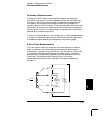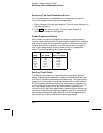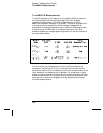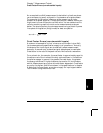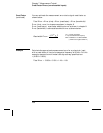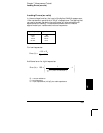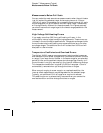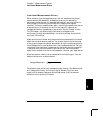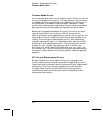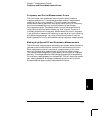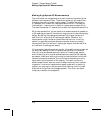
An ac-coupled true RMS measurement is desirable in situations where
you are measuring small ac signals in the presence of large dc offsets.
For example, this situation is common when measuring ac ripple
present on dc power supplies. There are situations, however, where you
might want to know the ac+dc true
RMS value. You can determine this
value by combining results from dc and ac measurements as shown
below. You should perform the dc measurement using at least 10 power
line cycles of integration (6 digit mode) for best ac rejection.
Crest Factor Errors (non-sinusoidal inputs)
A common misconception is that “since an ac multimeter is true RMS,
its sinewave accuracy specifications apply to all waveforms.” Actually,
the shape of the input signal can dramatically affect measurement
accuracy. A common way to describe signal waveshapes is crest factor.
Crest factor is the ratio of the peak value to
RMS value of a waveform.
For a pulse train, for example, the crest factor is approximately equal to
the square root of the inverse of the duty cycle as shown in the table on
the previous page. In general, the greater the crest factor, the greater
the energy contained in higher frequency harmonics. All multimeters
exhibit measurement errors that are crest factor dependent. Crest factor
errors for the Agilent 34401A are shown in the specifications in chapter
8. Note that the crest factor errors do not apply for input signals below
100 Hz when using the slow ac filter.
ac + dc = ac
2
+ dc
2
√
7
Chapter 7 Measurement Tutorial
Crest Factor Errors (non-sinusoidal inputs)
207



